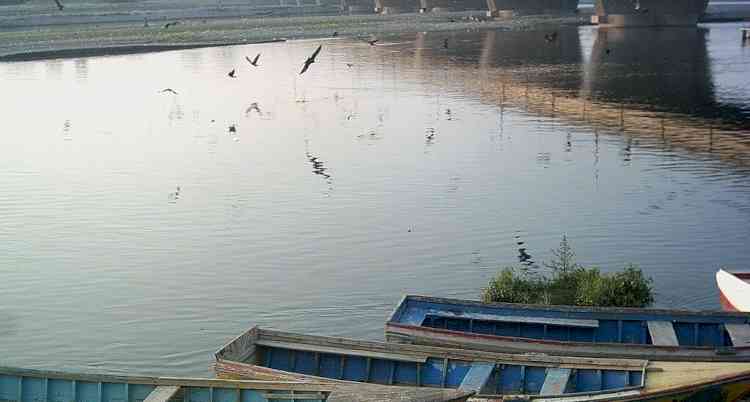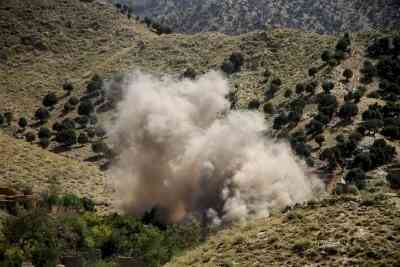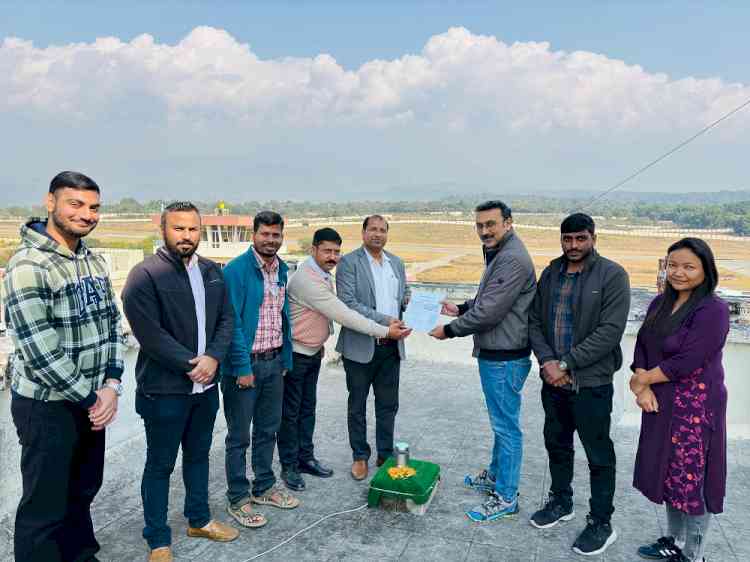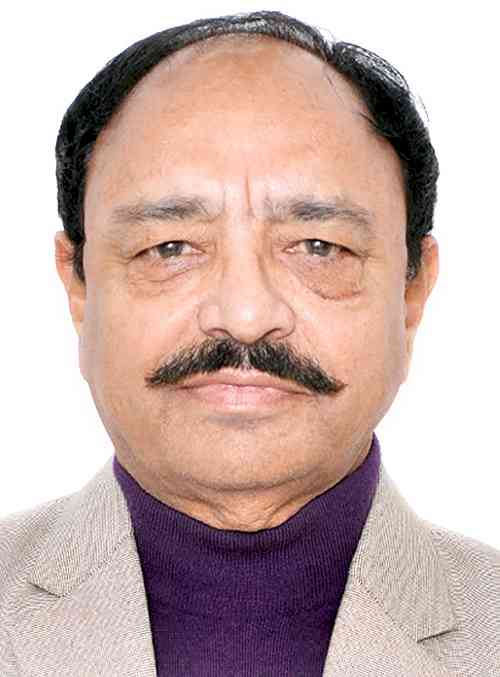Lahore's River Ravi the most polluted in the world
Not just the air but also the river flowing through Lahore has been found to be the world's most polluted, with active pharmaceutical ingredients posing a 'threat to environment and human health', Dawn reported.

Sanjeev Sharma
New Delhi, Feb 16 (IANS) Not just the air but also the river flowing through Lahore has been found to be the world's most polluted, with active pharmaceutical ingredients posing a 'threat to environment and human health', Dawn reported.
A study on pharmaceutical pollution of the world's rivers conducted at the University of York and published by Proceedings of the National Academy of Sciences of the US detected pharmaceutical particles including paracetamol, nicotine, caffeine and epilepsy and diabetes drugs in the river.
It placed waterways in Lahore, Bolivia and Ethiopia among the most polluted while rivers in Iceland, Norway and the Amazon rainforest fared the best.
The latest study by the University of York on pharmaceutical pollution of the world's rivers found Lahore's River Ravi the most polluted in the world posing a 'threat to environment and human health'.
The study collected surface water samples in duplicate once from 1,052 sampling sites during 137 sampling campaigns covering 104 countries across all continents and analysed for 61 active pharmaceutical ingredients (APIs), resulting in 1,28,344 data points. A sampling campaign comprised the collection of water samples at a number of sampling sites along a river or rivers flowing within a city, a town, or local area, the report said.
Cumulative pharmaceutical concentrations were calculated at each sampling site as the sum of all API residues quantified at that specific location. The mean of the cumulative concentrations was then determined across all the sites within a sampling campaign.
The highest mean cumulative concentration was observed in Lahore at 70.8 µg/L, with one sampling site reaching a maximum cumulative concentration of 189 µg/L.
This was followed by Bolivia's La Pa, and Ethiopia's Addis Ababa. The most polluted sampling site was located in the Rio Seke (La Paz, Bolivia) and had a cumulative API concentration of 297 µg/L .
This sampling site was associated with both untreated sewage discharge and disposal of rubbish along the bank of the river
On-the-ground observations revealed that the highest API concentrations were observed at sampling sites receiving inputs from pharmaceutical manufacturing, sites receiving discharge of untreated sewage, locations in particularly arid climates, and sites receiving sewage exhaust truck emissions and waste dumping. Sites with lowest API concentrations were typically characterised as having limited anthropogenic influence, limited use of modern medicine, sophisticated wastewater treatment infrastructure and high riverine flows with a large dilutional component, Dawn reported.
Expressing concern over the latest findings about river pollution, environmentalist Afia Salam said the River Ravi had been turned into a drain with human and industrial wastes. "We have laws about dumping wastewater and industrial wastage but no law is being implemented in the country," she said, adding that if the government implemented the waste disposal laws, it would bring betterment in ground and river water, the report said.
"Also the current government is planning to build a city on the river basin (Ravi Riverfront Urban Development Project) and it would also increase pollution," she regretted.
(Sanjeev Sharma can be reached at [email protected])


 IANS
IANS 













